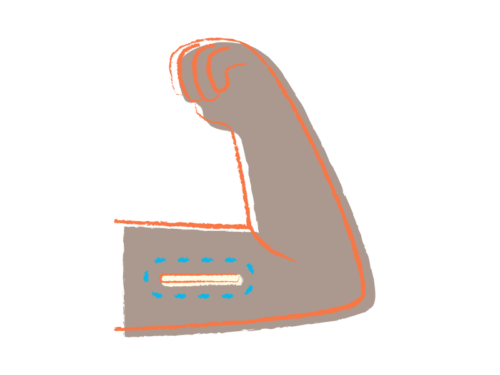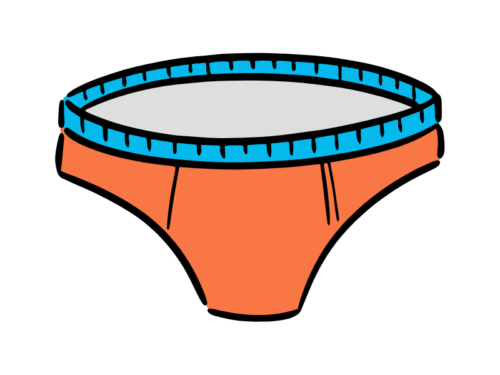
Non-hormonal methods of contraception
There are several methods of non-hormonal contraception, which have different rates of reliability. They do not interfere with the menstrual cycle.

The transdermal patch (skin patch)
An adhesive patch that a woman sticks onto her skin. The patch contains hormones, which are released into the body in small doses, and provides highly effective protection against pregnancy.

The diaphragm (or cap)
A thin silicon or latex dome that a woman inserts into her vagina before sexual intercourse. It covers the cervix, acting as a barrier to prevent the sperm from entering the uterus.

The female condom
A soft sheath made of synthetic material. The female condom is inserted into the vagina before sexual intercourse. When used correctly, female condoms provide effective protection against pregnancy and sexually transmitted infections.

The male condom
A stretchable sheath made of latex or another material that is rolled down over the erect penis. When used correctly, condoms provide effective protection against pregnancy and sexually transmitted infections.

Benzaltex Spermicide
Creams, pessaries or sponges containing a chemical that kills sperm. Spermicides do not reliably prevent unwanted pregnancy unless used in combination with other protection, such as a condom..

The coil (copper; or hormonal)
The coil (IUD) is a contraceptive device that is inserted into the uterus. There are several kinds of coils, and they provide effective protection against pregnancy for several years.

Implant under the skin
The implant is a hormonal contraceptive with a long action span. It consists of a small, very fine stick made of synthetic material containing a progestin hormone, which is regularly diffused in low doses.

The quarterly injection
An intra-muscular injection containing the hormone progestogen given to a women every three months. The hormone prevents fertilization and ovulation and provides highly effective protection against pregnancy.

Less reliable contraceptive methods
Some contraceptive methods and practices do not provide reliable protection against unwanted pregnancy. Calculating fertile days and coitus interruptus (withdrawal) are examples.

Natural methods of birth control
The temperature method, the cervical secretion monitoring, or Billings, method, and combinations thereof can protect against pregnancy; however they demand counselling, a lot of experience and self-discipline.

Sterilisation
Sterilisation is an irreversible surgical procedure performed on a man or a woman. The operation renders the sterilised person incapable of having children.

Male contraception
Male contraception allows people with a penis to control their fertility and to share contraceptive responsibility with their partner.

The progesterone-only pill (mini-pill)
A pill containing a hormone (progestogen) that protects against pregnancy by preventing ovulation and fertilization. It is taken every day, with no interruption.

The combined pill (oestrogen and progestogen) with a break
A pill containing hormones (oestrogen and progestogen) that protects against pregnancy by preventing ovulation and fertilization. A woman takes one pill each day for 3 weeks, then stops for 7 days before starting again.

Emergency contraception
Emergency contraception can prevent pregnancy in following situations.

Vaginal ring
A soft plastic ring that a woman places inside her vagina. The ring contains hormones, which are released into the body in small doses, and provides highly effective protection against pregnancy..

The estrogen and progestogen pill taken without interruption
A pill containing hormones (oestrogen and progestogen) that protects against pregnancy by preventing ovulation and fertilization. It is taken every day, with no interruption.
